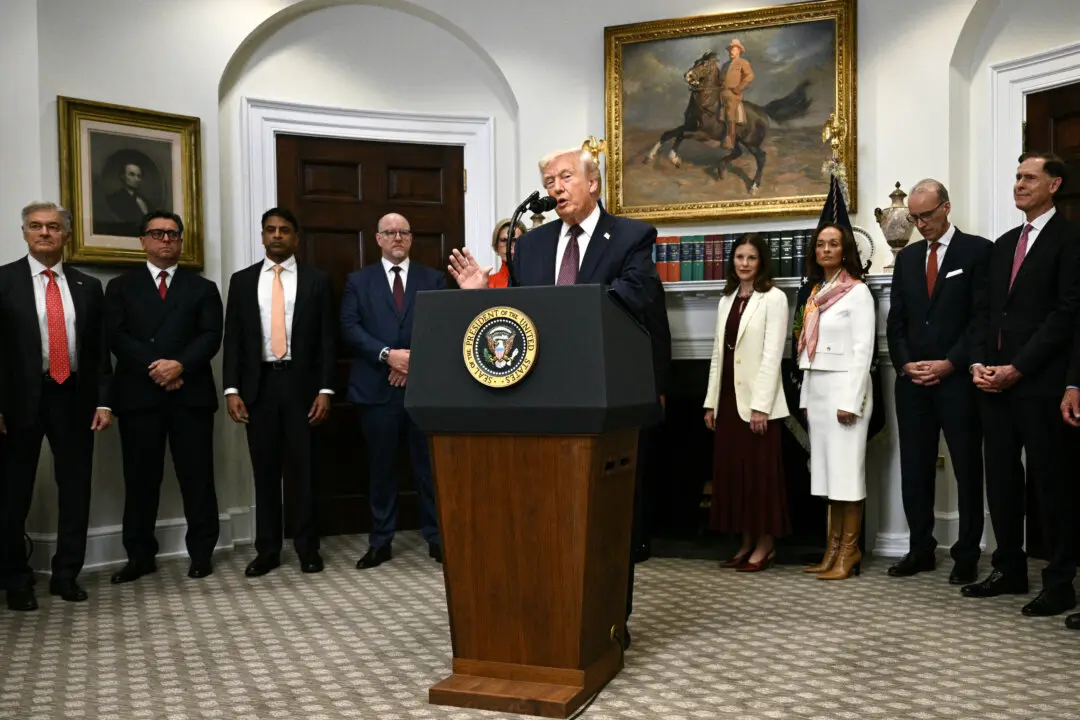Spending proposals in California Gov. Gavin Newsom’s May budget revision outpace revenues, with a less than 1-in-6 chance over the next five years that the state can afford its spending levels, according to a report released May 23 by the state’s nonpartisan Legislative Analyst’s Office.
“If the Legislature adopts the Governor’s May Revision proposals, the state very likely will face more budget problems over the next few years,” the authors wrote.





